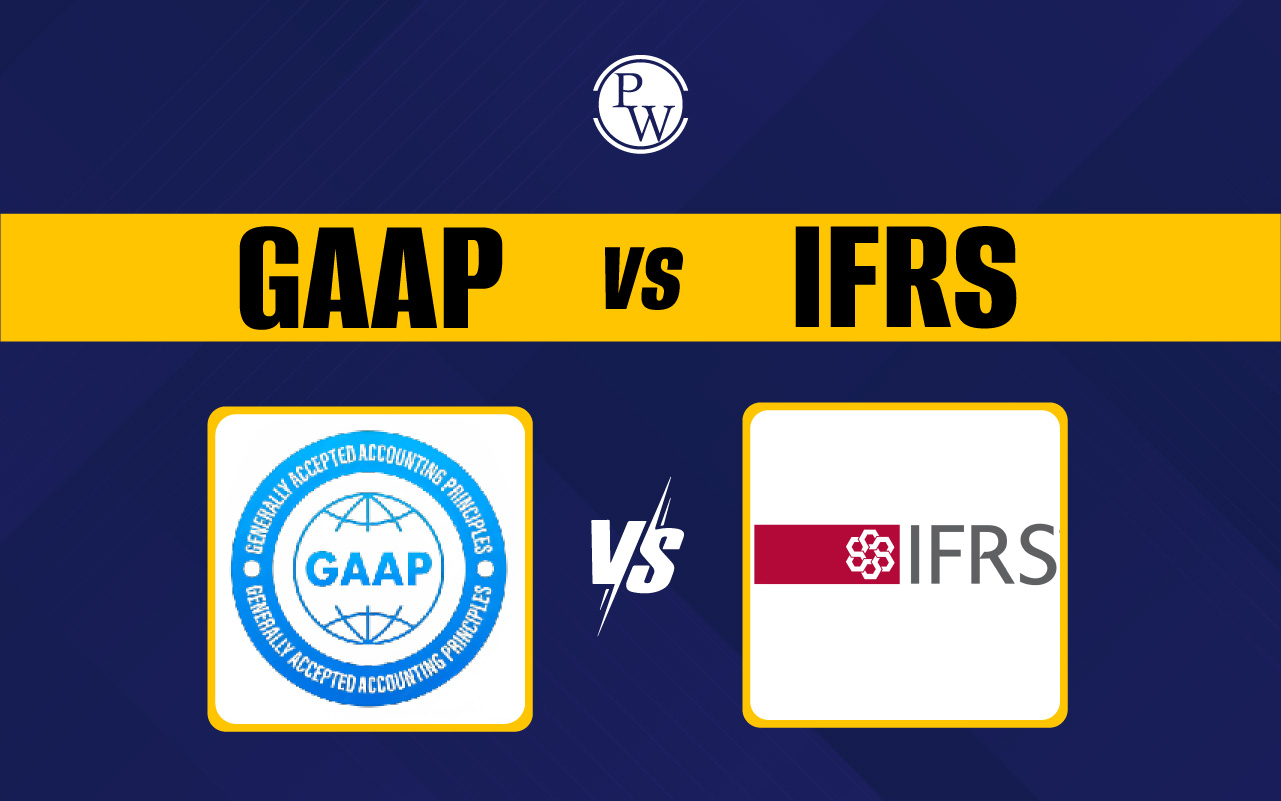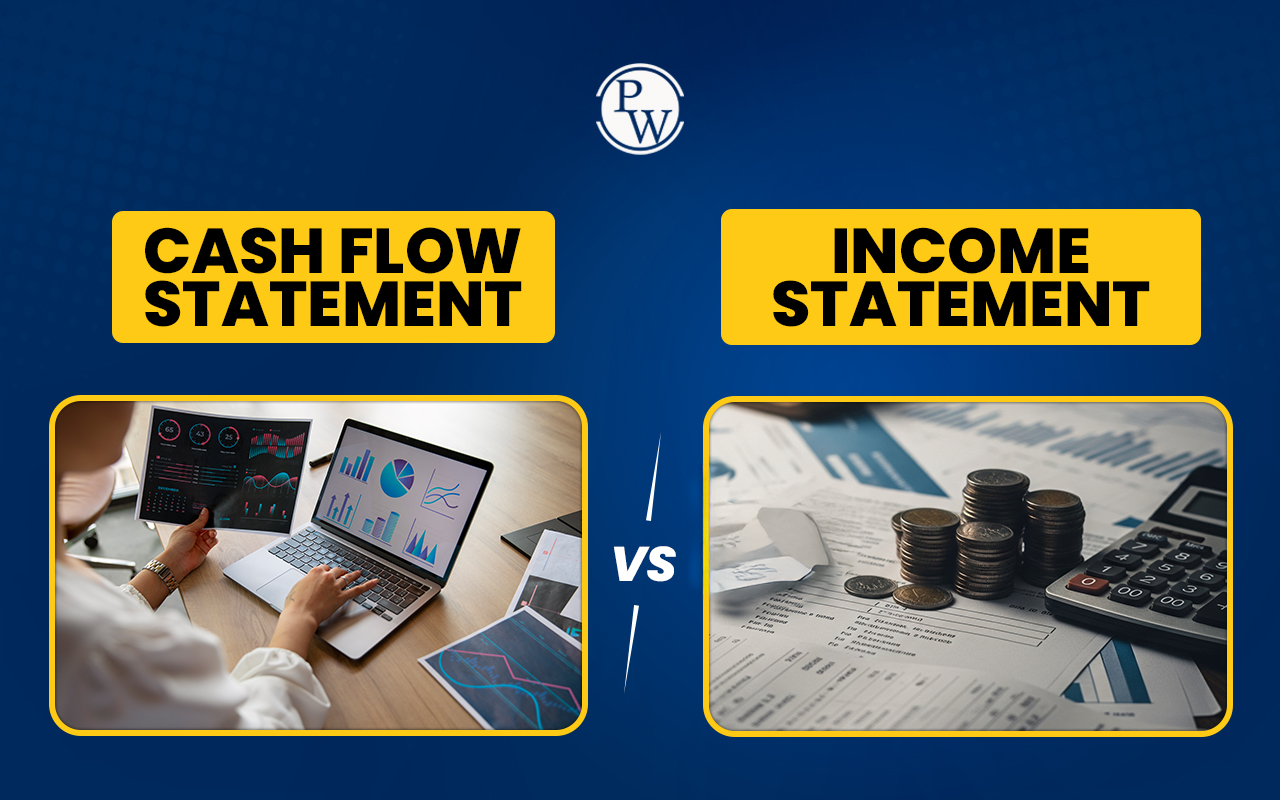

Net Income and Retained Earnings: In business accounting, net income and retained earnings are two significant terms. Net income and retained earnings are very similar as they both demonstrate a company’s profitability. Net income and retained earnings indicate how much a company has made in earnings and how it is being used. Although net income and retained earnings are different, they are also highly correlated. Net income and retained earnings are both important for businesses of all sizes. They show how profitable a business is and how that money is managed for its future growth. In this article, we will cover what they are, how they are calculated, how they differ and why they are so important for all businesses.
Net Income
Net income is the total profit of a company after deducting all expenses, taxes, and costs from its total revenue. It is also known as the company’s “bottom line” because it is the final figure at the bottom of the income statement. Net income indicates how much money a business earned during a specific time period, such as a month, quarter, or year.
In simple terms, net income is the amount of money left over after a business pays all its bills. It helps investors and business owners understand if a company is making or losing money. If the net income is positive, the business is earning profit. If it is negative, the company is facing a loss
For example, if a company earns ₹10,00,000 in revenue and spends ₹7,00,000 on costs and taxes, its net income is ₹3,00,000. This shows how well the company is managing its expenses and how much it is gaining in return.
How to Calculate Net Income
The formula to calculate net income is very simple and important for students learning business basics.
Formula: Net Income = Total Revenue – Total Expenses
Here:
-
Total Revenue means the total amount earned from sales or services.
-
Total Expenses include all operating costs, salaries, rent, taxes, and interest.
Retained Earnings
Now that you have understood the meaning and components of net income, it would be simple for you to understand retained earnings. As you have already read above, the company can give the profit to its shareholders or not. Retained earnings are the amount of net income that is kept back by the company in the business. These earnings can be used to grow the business, purchase new equipment or be invested in new projects.
Retained earnings are the total amount of profit that has been saved by the company over the years. It is also given in the equity section of the balance sheet. The amount of retained earnings shows the amount of profit that has been retained in the business.
If a company earned a net income of ₹4,00,000 and paid dividends of ₹1,00,000 to its shareholders, the retained earnings would be ₹3,00,000. The amount helps the company grow and be better in the future. It can also provide the company with a financial cushion to face sudden financial requirements without taking loans.
How to Calculate Retained Earnings
To understand the link between Net Income and Retained Earnings, it is important to learn how retained earnings are calculated.
Formula: Retained Earnings = Beginning Retained Earnings + Net Income – Dividends
Here:
-
Beginning Retained Earnings means the amount carried from the previous year.
-
Net Income is the current profit of the business.
-
Dividends are the portion of profit paid to shareholders.
Example of Retained Earnings and Net Income
Let’s understand how Net Income and Retained Earnings work together with a simple example. Suppose a company earns ₹10,00,000 in revenue and has ₹7,00,000 in expenses.
Net Income Calculation:
Net Income = Revenue – Expenses
Net Income = ₹10,00,000 – ₹7,00,000 = ₹3,00,000
Now, if the company decides to pay ₹1,00,000 as dividends to shareholders and had ₹2,00,000 as beginning retained earnings:
Retained Earnings Calculation:
Retained Earnings = Beginning Retained Earnings + Net Income – Dividends
Retained Earnings = ₹2,00,000 + ₹3,00,000 – ₹1,00,000 = ₹4,00,000
Differences Between Net Income and Retained Earnings
Net income and retained earnings are closely related but not the same. Net income shows the profit a company earns during a specific period, while retained earnings represent the cumulative profit kept in the business over time after paying dividends. Understanding their differences helps in analyzing a company’s financial health and planning for growth.
| Differences Between Net Income and Retained Earnings | ||
| Feature | Net Income | Retained Earnings |
| Definition | Profit earned in a specific period after expenses and taxes | Portion of net income kept in the business over time |
| Time Frame | One accounting period (monthly, quarterly, yearly) | Cumulative from past years plus current net income |
| Financial Statement | Appears in the income statement | Appears in the balance sheet under equity |
| Purpose | Shows profitability of a period | Shows how much profit is reinvested for growth |
| Impact of Dividends | Not affected directly by dividends | Reduced when dividends are paid to shareholders |
How Net Income Impacts Retained Earnings
Retained earnings are a cumulative total of net income over time after dividends have been paid. So if a company has net income for a period then retained earnings would increase by that amount less any dividends paid. Likewise if there was a loss or large dividends then retained earnings would be reduced.
-
Net income increases retained earnings after dividends are distributed to shareholders.
-
If a company incurs a loss, retained earnings are decreased.
-
Payment of dividends decreases the amount of net income added to retained earnings.
-
When no dividends are distributed, net income is added to retained earnings in full.
-
Steady growth in net income can bolster retained earnings consistently.
-
Retained earnings are indicative of a company's capacity to reinvest its profits for future expansion.
Effect of Net Income and Retained Earnings on Financial Statements
Net income and retained earnings are shown in different sections of financial statements. Net income is mentioned in the income statement and the retained earnings amount is presented under shareholders’ equity in the balance sheet.
Profit of the income statement is added to the retained earnings section, at the end of the accounting period. In this way, both statements are interconnected and a complete overview of the firm’s performance is availabl
For instance, if a company earns a net income of ₹3,00,000, the same amount is added to retained earnings, after deducting dividends. This change is made so that the information in the balance sheet is updated.
Importance of Retained Earnings for Businesses
Retained earnings is a portion of the net profits that is set aside or retained and kept for future use instead of being distributed to shareholders or owners as dividends. The purpose of retained earnings is to help the company to develop, grow, expand, take risks, and invest in opportunities that will benefit the company in the long-term and allow it to become more financially stable and stronger.
-
Retained earnings help the company to develop or expand the business without taking any loans or funds from outside sources.
-
It is also used for new product lines or services. It can help to further the growth of the company.
-
Retained earnings help the company to pay off debts and liabilities and lower financial burdens.
-
Retained earnings also help in times of losses or any unexpected business expenses.
-
Retained earnings can also be utilized to help increase research and stay innovative and make the company more competitive.
-
Retained earnings are one of the important factors for long-term financial health of a company as it can be re-invested wisely and can help in further growth.
-
Retained earnings and higher profits also make investors trust the company and increase their confidence in the company and its future.
Net Income and Retained Earnings FAQs
What is Net Income?
What is retained earnings?
How is Net Income and Retained Earnings related?
Why are retained earnings important?













